If you’ve ever wanted to insulate a shed in your backyard but thought it was out of reach due to cost, today is your lucky day! In this blog post, we’ll share techniques and strategies that will show you exactly how to insulate a shed for free or with minimal costs. From smart shopping tools on the internet, to repurposing materials around your home – this guide has something for everyone. Keep reading if you’re keen on learning more about creative ways to easily and inexpensively insulate the beloved shed in your back garden!
Constructing Insulation
Step #1. For the walls, use bubble wrap
Cut the bubble wrap insulation in a way that it fits inside every wall panel of your shed. Ensure that all sides of the panels are sealed properly.
Step #2. Floor
Cover the entire floor of your shed with a layer of cardboard. If you do not have any, use old cardboard boxes or newspapers. This will provide extra protection against cold air and moisture.
Step #3. Doors and windows
Install weather stripping around the doors and windows of your shed. This will help to keep out drafts and prevent moisture from entering. [1]
Step #4. Ceiling
Attach insulation foam panels to the interior walls of your shed’s ceiling. Make sure they are properly sealed off on all sides to prevent air leakage.
Step 5: Caulk any gaps or cracks
Apply a layer of caulking or expandable foam around any gaps or cracks in the walls, floor, and ceiling of your shed. This will help stop air leaks and further insulate your shed against cold temperatures outside.
By following these steps, you can easily insulate your shed for free! Improving the insulation inside will not only increase comfort, but also lower energy expenses and safeguard your belongings from the cold. After completing these steps, you can enjoy a warm, cozy shed all year round! [2]
Options For Middle Ground Insulation
If you’re looking for a more affordable solution than professional insulation, there are several options available. Firstly, make sure your shed is properly sealed against the – use caulk to fill gaps in the walls or roof. You can then choose from one these three solutions:
- Bubble Wrap – This is a great option if you’re on a budget as bubble wrap is cheap and easy to install. Simply cover your interior walls with it, overlapping each sheet so air cannot escape through any gaps. The bubble wrap will act as an insulator, reflecting heat away from the walls and helping to keep your shed warm in winter and cool in summer.
- Repurposed Foam – If you have any old foam packaging laying around this can be used to insulate your shed. First measure the wall and cut the foam pieces to fit, then secure them in place with glue or tape. This type of insulation is effective at keeping out drafts and moisture but will not provide much protection against cold temperatures.
- Newspaper Insulation – This is another low-cost option for insulating your shed. Take some old newspapers (or magazines) and crumple it into balls then stuff it inside the walls of your shed – this will create an air gap which helps stop heat from escaping through the walls. The downside of using newspaper as insulation is that over time it may start to rot due to exposure to moisture, so it’s important to check the walls regularly and replace any damaged newspaper.
Whichever option you choose, make sure that all openings into your shed are properly sealed in order to maximize insulation efficiency. This will help keep your shed warm during winter months and cool during summer – ensuring a comfortable environment for whatever use you may have planned! [3]
Tips On Insulating Your Shed For Free
Search for holes, cracks, and gaps:
Before you get started insulating your shed, it’s important to make sure that there are not any holes or cracks in the building. This is because heat will escape through these areas, thus making insulation less effective. Use a flashlight to inspect every nook and cranny of the shed for any possible cracks or openings. If you find some, use caulk or weather-stripping materials to seal them up before starting the insulation process.
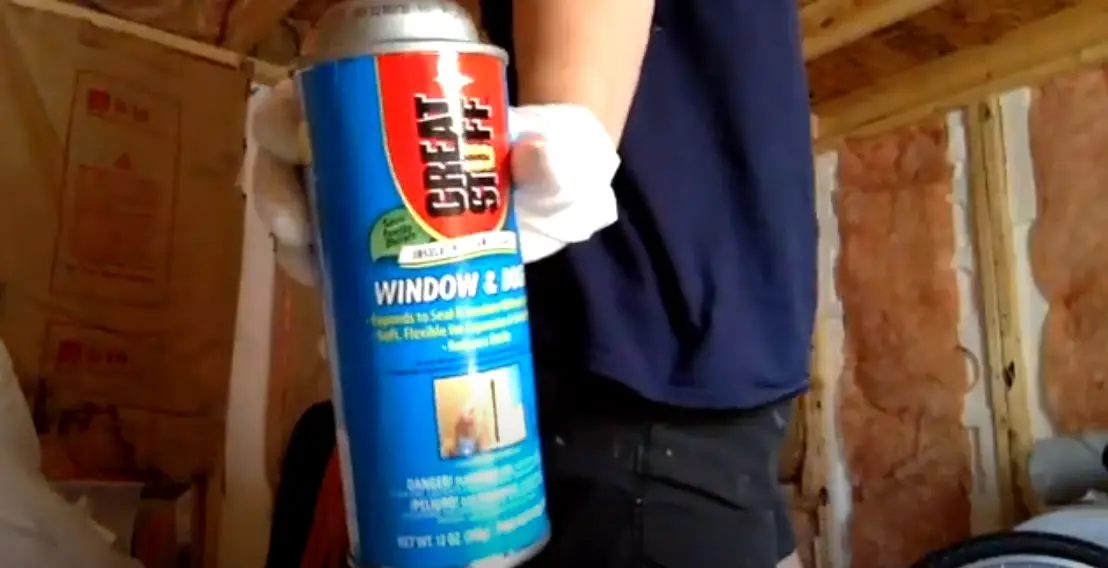
Use old blankets and towels:
Old blankets and towels can be used as an effective way to insulate a shed for free! All you need to do is line the walls with these items. Make sure that all of them fit snugly against each wall so that no air can pass through. This is a great way to make sure your shed stays warm and cozy all year round.
Insulate the walls with paper:
Old newspapers, magazines, even packing materials can be used to line the walls of your shed. Simply cut them out in lengths suitable for each wall, and then affix them firmly with tape or glue. This will help keep heat inside while also creating an extra layer of insulation against the cold outside air.
Use plastic sheeting:
Plastic sheeting is a great way to insulate your shed without spending a fortune on materials. All you need to do is cut it into panels that are appropriate for each wall of your shed and then secure them with nails or glue. This will help keep the cold out and the warmth in!
Reuse old foam:
If you’re looking for an even more effective insulation solution, then you can consider using old foam pieces. These are great because they provide a much better barrier against heat loss than paper or plastic sheeting. If you have some leftover foam lying around, repurpose it by affixing it to your shed walls and ceilings. [4]
Consider the internal height:
It’s important to consider the internal height of your shed when insulating it. If the space is too small, then you won’t be able to use all of the insulation materials effectively. Be sure to measure out the interior before beginning so that you have an accurate idea of how much material you need for the job.
Use an extra teen sheet:
An extra tarp or sheet can go a long way in helping to insulate your shed. Simply hang the material over the walls and ceiling of your shed, making sure that it’s tight and secure. This will provide an additional layer of protection against heat loss and cold air.
Clean up any mess:
Finally, make sure to clean up any mess that you create during the insulation process. Any leftover materials should be disposed of properly so that they don’t attract pests or debris inside your shed. After all is said and done, you’ll have an effectively insulated space that won’t cost you anything! [5]
Why Insulate Your Shed?
Insulating a shed is an important step in protecting the contents of your shed from the elements. Insulating a shed will protect against moisture, air leakage and temperature fluctuations. This means that whatever you store in your shed is more likely to stay safe and sound for years to come.
In addition to all these benefits, insulating a shed for free can be simple and easy if you have access to the right materials. With a few hours of effort and some basic supplies, you can insulate your shed in no time. [6]
Insulation Options for a Metal Shed
If you have a metal shed, there are several free or inexpensive ways to insulate it. This will help keep your belongings safe from the elements and minimize any potential for damage caused by extreme temperature changes.
One of the easiest and most inexpensive options is to use bubble wrap insulation. It’s simple to install: just cut the bubble wrap into pieces that will fit between the wall studs and staple them in place. You may also want to cover it with some kind of plastic material like polyethylene sheeting before stapling it up, as this will further protect against moisture and weathering.
Another option is using blankets – woolen blankets are ideal as they provide good insulation while being breathable. Again, these should be cut to size and firmly stapled in place.
If you want more permanent insulation solutions, you can use spray foam or rigid board insulation. Spray foam is simple to apply but it’s one of the more expensive options. Rigid board insulation is relatively inexpensive compared to other types and needs to be cut into pieces that fit between wall studs before being fitted into place. It’s also recommended that it be covered with a layer of some kind of protective material like polyethylene sheeting for additional protection from moisture and weathering. [7]
Finally, for the ultimate insulation solution, consider investing in insulated doors and windows to further protect your metal shed from extreme temperatures and weather conditions. You can find these pre-made or have them custom made to fit your needs. It’s worth investing a little bit of money here as it will ultimately save you time and money in the long run.
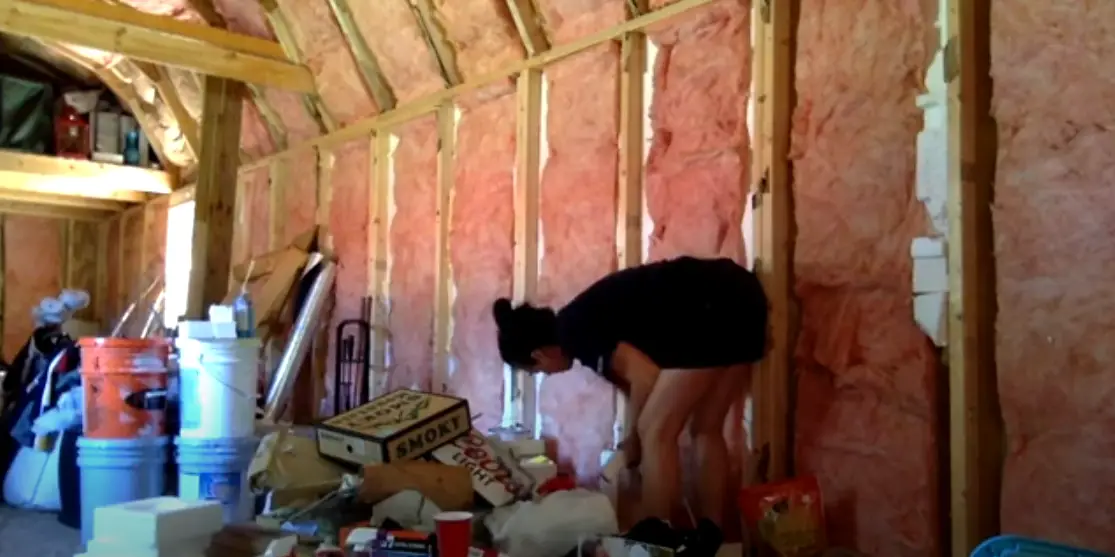
Benefits of Insulating a Shed
Insulating a shed can have numerous benefits. By adding insulation to your shed, you will be able to maintain a more constant temperature inside the shed no matter what the weather is outside. This means that stored items such as tools and supplies will not be affected by the heat or cold, making them last longer.
Lastly, properly insulated sheds are typically quieter than uninsulated ones when exposed to outdoor noise like wind and rain. These are just some of the many reasons why it pays off to insulate your shed.
By taking the time to properly insulate your shed, you can enjoy the above benefits and more without having to spend a lot of money. All it takes is some research and effort, as well as the right materials! [8]
How Much Does It Cost to Insulate a Shed?
Insulating a shed can be an expensive project, with costs ranging from $300 to $1,000 depending on the size and type of insulation used. However, if you’re looking for ways to insulate your shed for free, there are a few different approaches you can take.
One option is to use natural materials like straw bales or hay which can provide some insulation value at no cost. You’ll need to be sure you measure the space correctly and know how many bales of straw or hay will cover the area. Also keep in mind that these methods won’t provide much thermal protection compared to traditional insulation material so make sure it’s enough for what you need.
Finally, if you have access to a lot of spare time, you could try building your own insulation from scrap materials around the house. This might include scraps of wood, pieces of glass wool or even bubble wrap taped together to create an air barrier with some sort of waterproofing membrane on the outside. Keep in mind that this process will take quite a bit of effort and may not be worth it if you just need a quick solution.
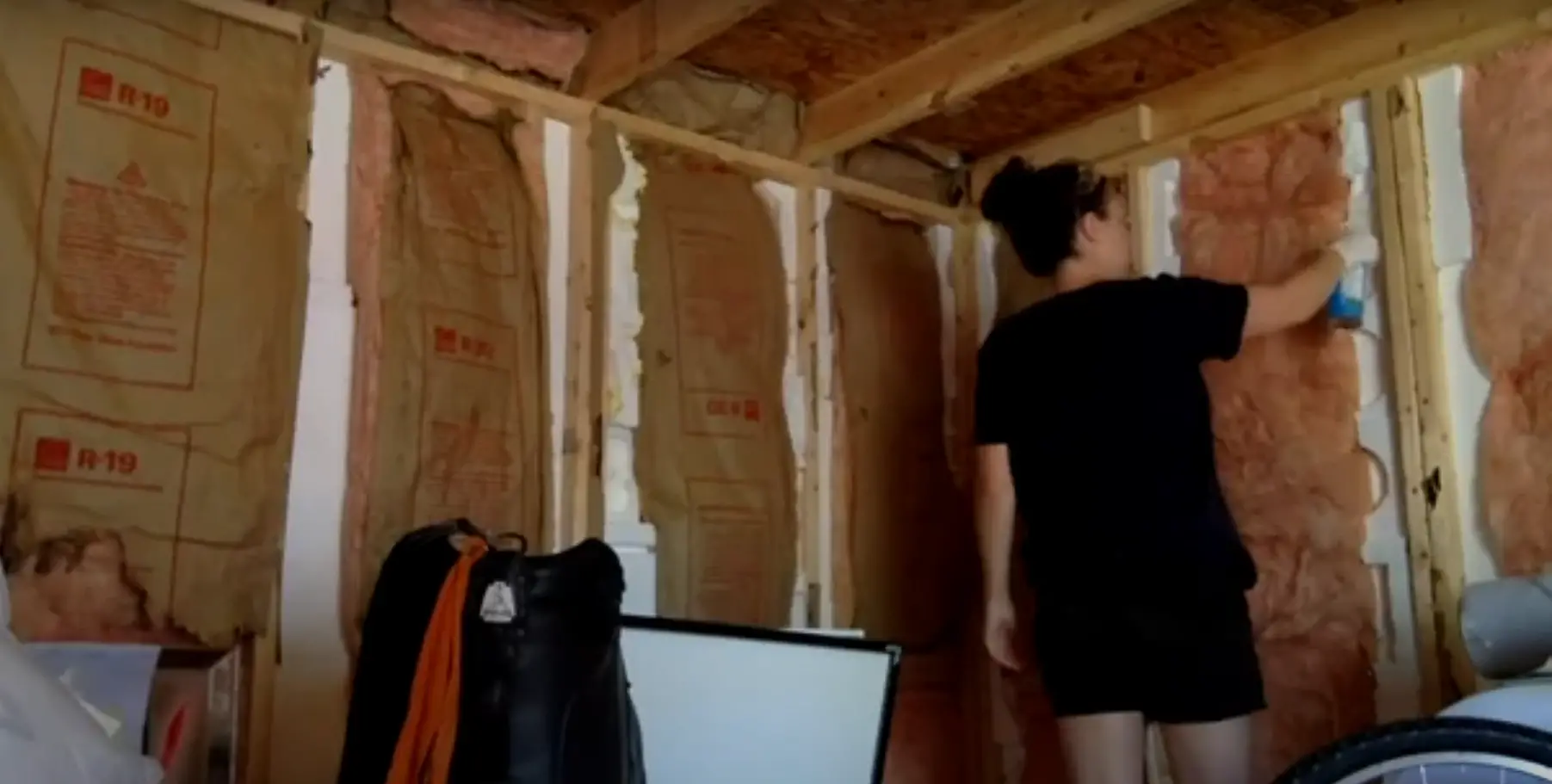
Can You Use Bubble Wrap Insulation in a Shed?
Bubble wrap is a popular choice of insulation for adding to walls and ceilings. It can be used in sheds as well, but there are some things you should consider before taking this route. Bubble wrap does not provide the same level of insulation that other materials provide, so if your shed is exposed to extreme temperatures or outside elements, bubble wrap may not be the most suitable choice.
Additionally, if your shed has any moisture coming from inside or outside sources, it would be best to use another type of insulation instead. However, bubble wrap can still be beneficial for smaller sheds or those that are shielded from harsh weather conditions. To install bubble wrap insulation in a shed, you will need an adhesive spray and some protective gear such as goggles and gloves. Once you have the necessary supplies, begin by measuring and cutting the bubble wrap to fit your walls and ceilings. Apply the adhesive spray evenly onto the back of the bubble wrap and press it firmly against the desired surface.
In conclusion, bubble wrap can provide some insulation in a shed but should not be used as a primary form of insulation due to its lack of thermal performance. Additionally, make sure to take into account any external weather conditions or moisture sources when deciding on which type of insulation to use.
Other free insulation options for a shed include using foam sheets, spray foam, and recycled materials such as newspaper and cardboard. Each of these have their own pros and cons, so it’s important to decide which is the best option for your needs. Make sure to read up on the different types of insulation available before making a final decision. With proper research and planning, you can easily insulate your shed without spending too much money. [9]
Is Spray Foam Good for Sheds?
Spray foam is a great way to insulate a shed, but it does come with some downsides. Spray foam insulation is expensive to install, so if you’re looking for an inexpensive option, it may not be the best choice. Additionally, spray foam insulation requires professional installation in order to get the most out of it without making mistakes that could compromise your shed’s protection from the elements. Also keep in mind that once it’s installed, spray foam can’t be moved or removed without special tools and training.
In areas with extreme temperatures – either cold winters or hot summers – spray foam insulation can help keep your shed temperature regulated year-round. If you are considering using spray foam insulation in your shed, make sure to consult with a professional to ensure that it is installed correctly and that you get the best performance from your insulation.
Using spray foam in combination with other types of insulation can help maximize its effectiveness. For example, using batt or blanket insulation on walls and floors before installing spray foam will help keep the heat out during hot summer days while also ensuring proper coverage of all areas inside the shed. This type of layered approach will give you the most effective results when trying to insulate a shed for free.
FAQ
What is the cheapest way to insulate a shed?
The cheapest way to insulate a shed is to use natural materials such as straw, hay, sheep wool or recycled denim. This will provide excellent insulation while being free or only costing minimal amounts of money.What kind of insulation should I use for my shed? The kind of insulation you choose for your shed largely depends on the climate and weather conditions in the area where it is located. Generally speaking, fiberglass batting, rigid foam boards, spray foam and cellulose are good options for most climates.
How do I insulate a shed with straw?
To insulate with straw, first check to make sure that the walls and roof are completely dry and free from any gaps or cracks. Then measure the area of the walls and roof you need to insulate. Gather straw bales and cut them into smaller pieces or strips to fit the space. Place the pieces between joists, studs or rafters, making sure that each piece is firmly secured. Finally, cover any exposed areas with a breathable material such as canvas so as to block out drafts and moisture.
What other natural materials can I use for shed insulation?
In addition to straw, hay, sheep wool and recycled denim are also excellent choices for naturally insulating sheds. They provide insulation while being non-toxic and relatively easy to install than traditional commercial insulation products. Additionally, they will help keep energy costs down due to their ability to retain heat during cold weather and keep cool air inside during hot summer days.
What is the best way to insulate a shed?
The best way to insulate a shed depends on the climate and budget of the owner. Generally, spray foam insulation or rigid foam boards are the most effective but require more money up front. Natural materials such as straw, hay, sheep wool and recycled denim provide excellent insulation while being free or inexpensive. No matter which method you choose, make sure to use a breathable material over exposed areas so as to block out drafts and moisture. Additionally, it is important to check that walls and roof are completely dry before beginning any insulation project.
How can I insulate my shed fast?
If you need to insulate a shed quickly, you can use recycled materials from around the home such as foam, bubble wrap and blankets. Make sure that all of these items are clean before using them for insulation. Foam is a great way to quickly insulate walls or floors in your shed. Cut pieces of foam to size and then attach them directly on top of the wall or floor with staples, nails or screws. You can also fill any gaps between the foam pieces by using caulk or expanding foam insulation. Bubble wrap is another quick and easy insulation solution for small spaces like sheds. For larger areas, use thicker bubble wrap that has greater insulating properties than regular plastic wrap packaging.
Can I use cardboard as insulation?
Cardboard is not a good insulator and should not be used as insulation for sheds. Cardboard does not provide any thermal benefits, so it will not keep the shed warm or cool for longer periods of time. It may also become damp and start to rot over time if exposed to moisture. Using other materials such as foam, bubble wrap or blankets is more effective in providing insulation properties while also avoiding potential damages from water and dampness.
Does an insulated shed need ventilation?
Yes, an insulated shed needs to be properly ventilated. This is important for several reasons: it helps keep the interior of the shed cool during hot summer months, prevents moisture from building up inside, and prevents mold growth. To ensure proper ventilation in an insulated shed, consider installing a few vents or windows that can be opened and closed as needed. Additionally, you may want to install a fan to help move air around inside the shed. By using these techniques and ensuring adequate ventilation, your insulated shed will remain comfortable and dry all year round.
What is the disadvantage of foil insulation?
Foil insulation, also known as reflective foil insulation or radiant barrier insulation, is a type of insulation that works by reflecting heat away from the area it is installed in. While this can be effective in reducing thermal energy lost through conduction and radiation, there are a few drawbacks to using foil insulation.
The biggest disadvantage of foil insulation is its vulnerability to degradation over time. Foil insulation loses effectiveness due to exposure to moisture and condensation, which can cause the material to become brittle and crack. It is also vulnerable to punctures and tears, allowing for cracks and gaps in coverage which reduce its efficiency even further. Additionally, the materials used in foil insulation are not considered eco-friendly because they are usually made from aluminum or polyethylene. Finally, foil insulation can be difficult to install correctly because it requires an air-tight seal in order to be effective. This means that any gaps or cracks could significantly reduce its effectiveness and cause major problems down the line.
Useful Video: Putting up Insulation & Walls in the Shed For Free
Conclusion
Although insulating a shed yourself can be a daunting task, there are ways to do it for free. With some creativity, and maybe an online search of “how to recycle materials” you can find items that will help insulate your shed without having to spend any money. Using old clothing, bubble wrap and wool insulation can go a long way in keeping the temperature inside the shed regulated. Additionally, if you’re willing to invest some time and effort into researching other methods for insulating a shed for free and using recycled materials, you’ll be able to get great results. Overall, insulating your shed is totally possible – even if you don’t have much money to spare!
References:
- https://www.gardenbuildingsdirect.co.uk/resource/insulate-your-shed-free/
- https://www.tigersheds.com/blog/how-to-insulate-a-shed/
- https://www.shedliquidators.com/blog/2014/properly-ventilate-shed/
- https://www.timberwise.co.uk/2021/07/how-to-damp-proof-shed/
- https://www.shedstore.co.uk/how-to-insulate-a-shed
- https://www.ecohome-insulation.com/news/why-you-should-insulate-your-shed/
- https://www.gardenroom.guide/cheapest-free-ways-to-insulate-shed/
- https://howlongdoesrooflast.com/how-to-insulate-a-shed-for-free-with-5-material-options/
- https://www.realhomes.com/advice/how-to-insulate-a-shed





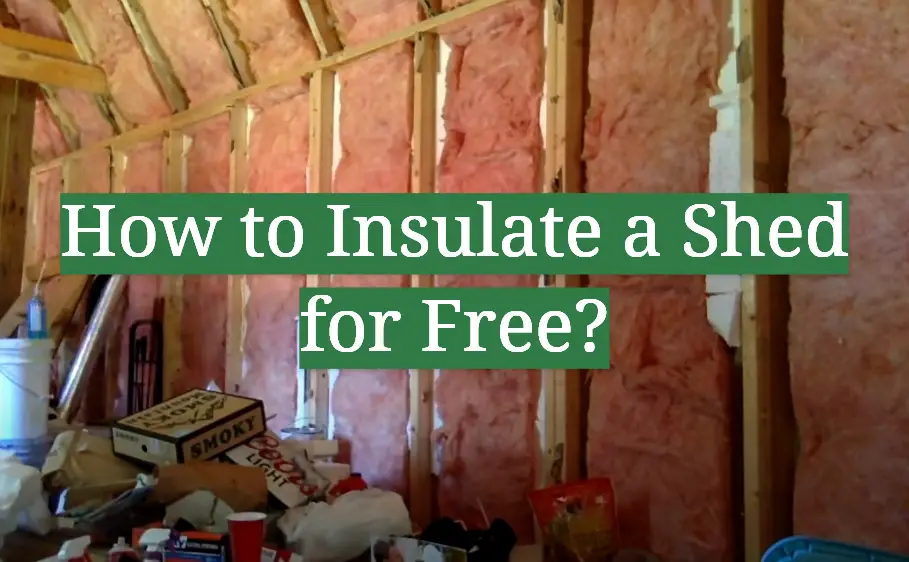
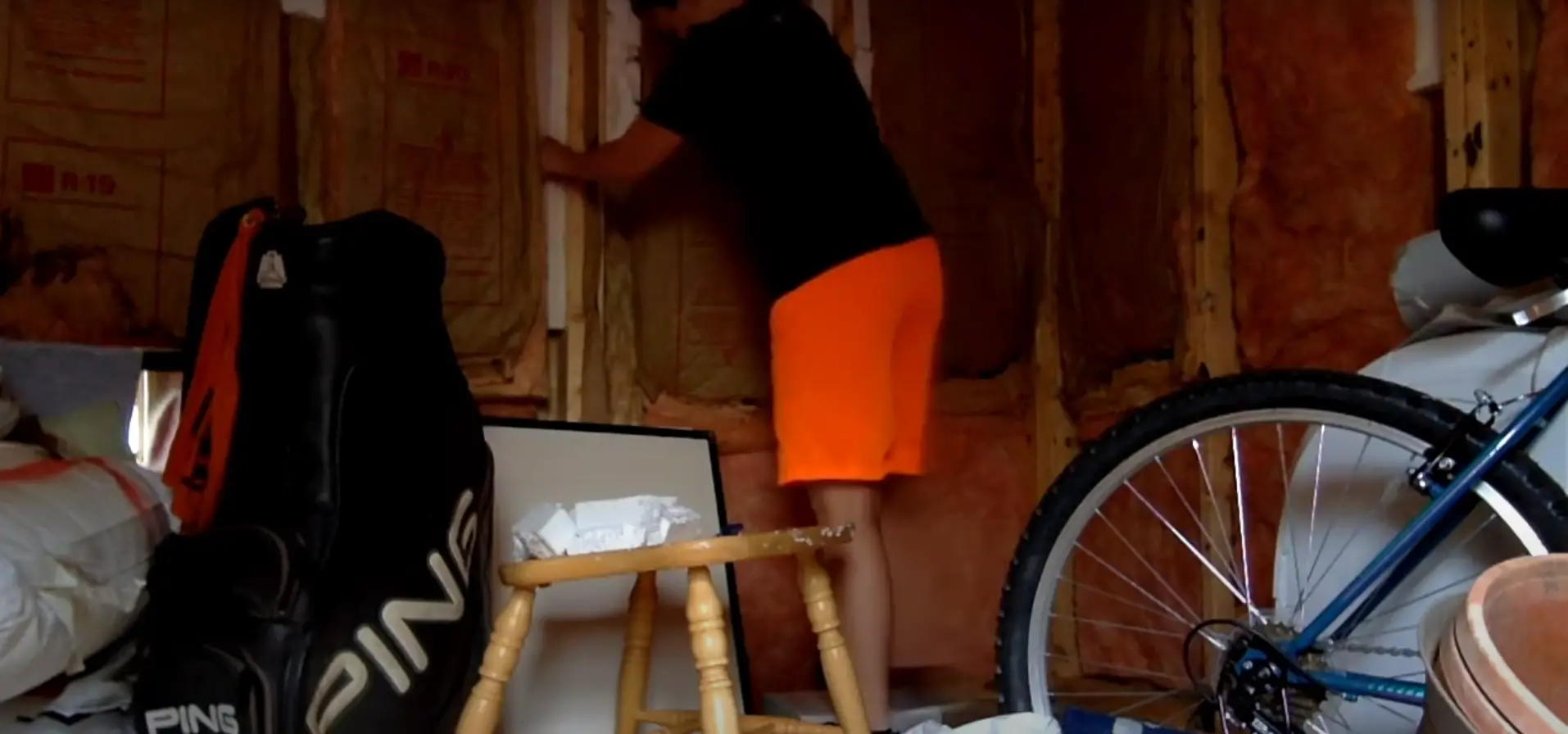
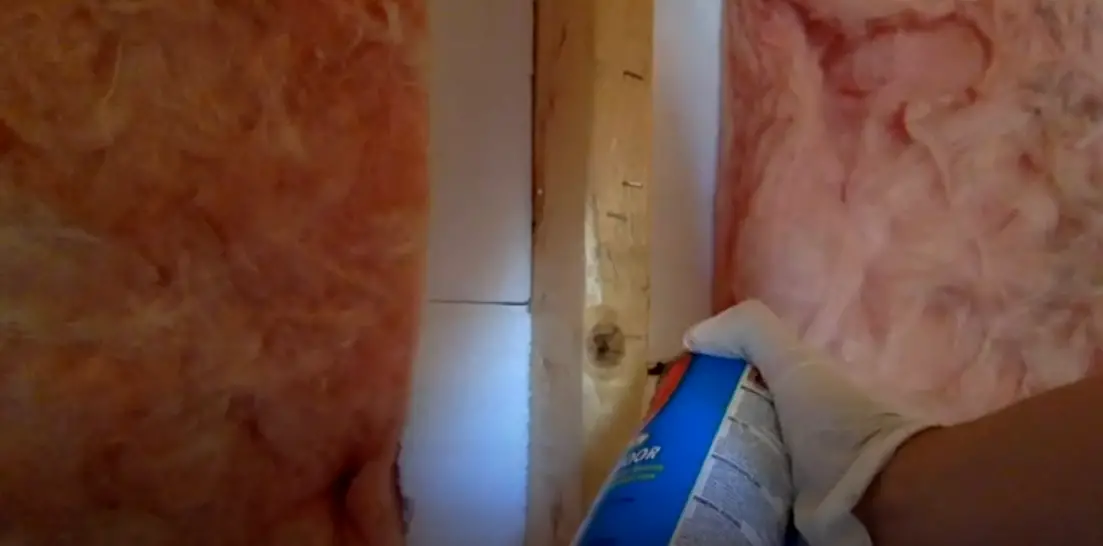
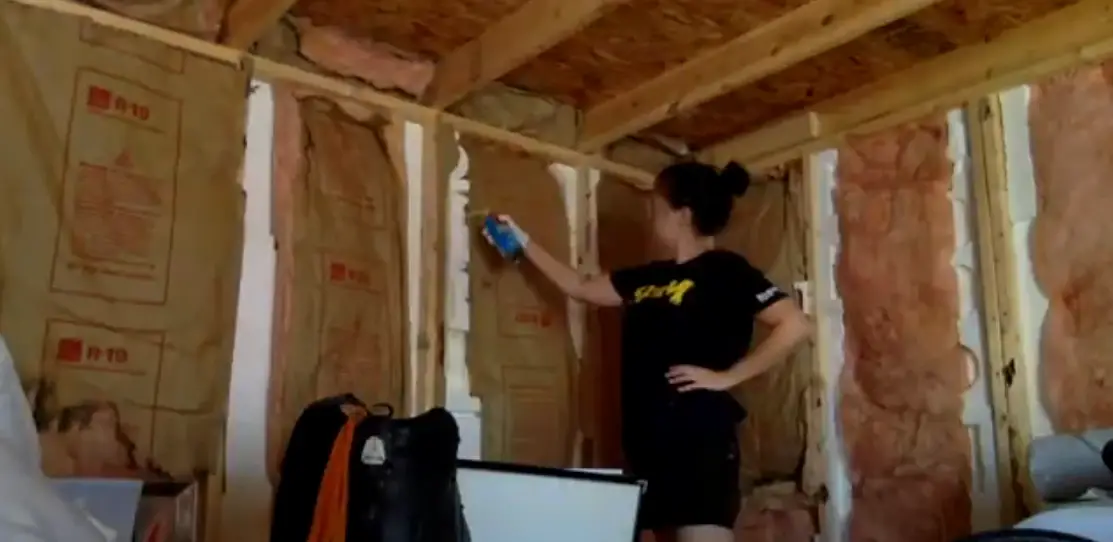
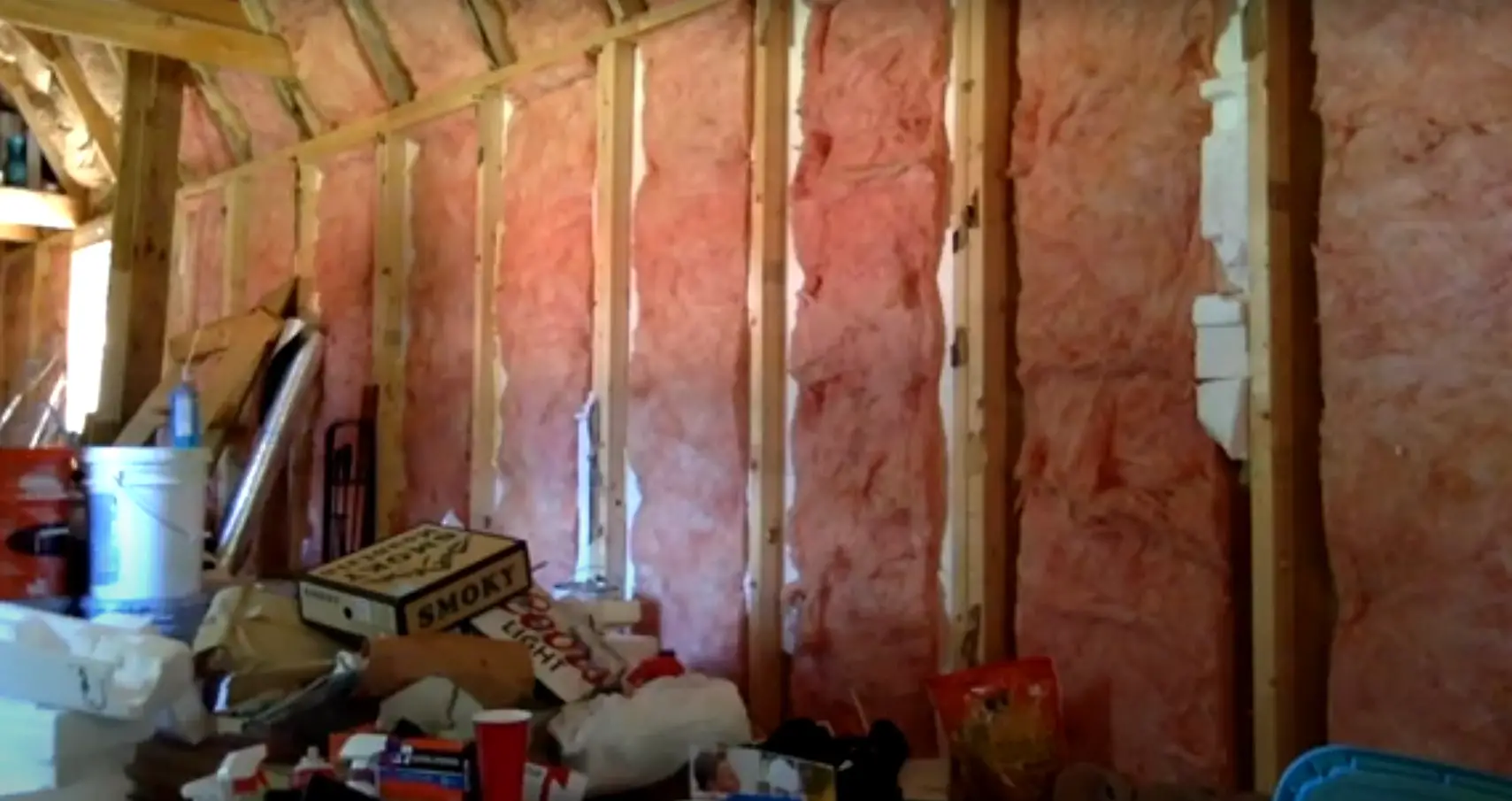

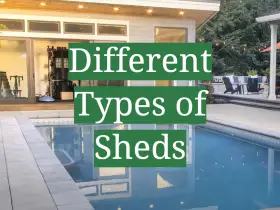

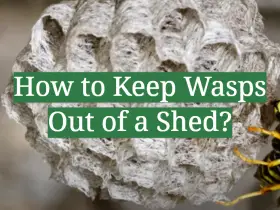
Leave a Reply
View Comments